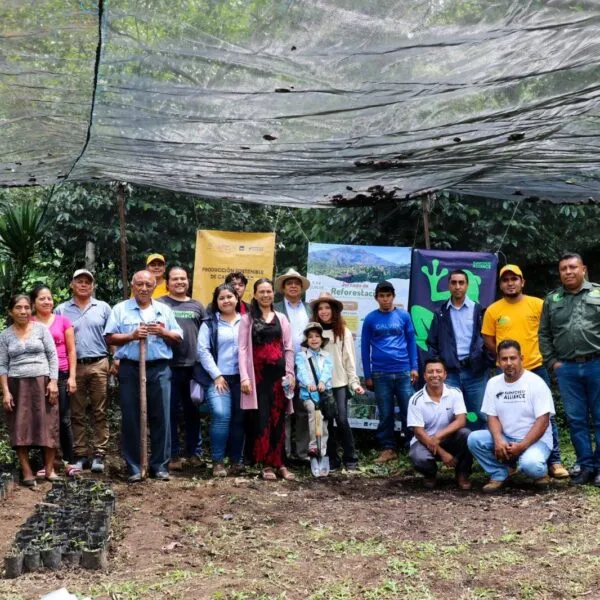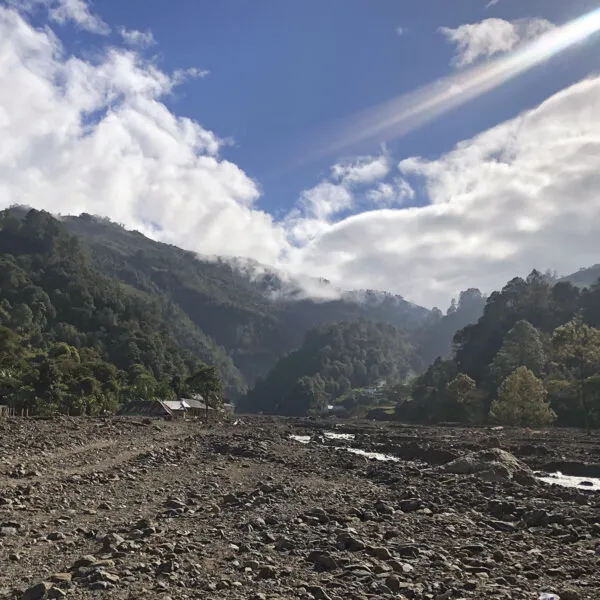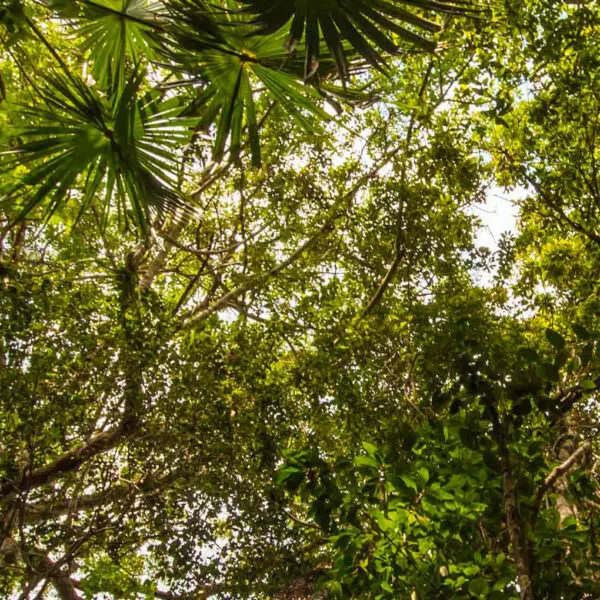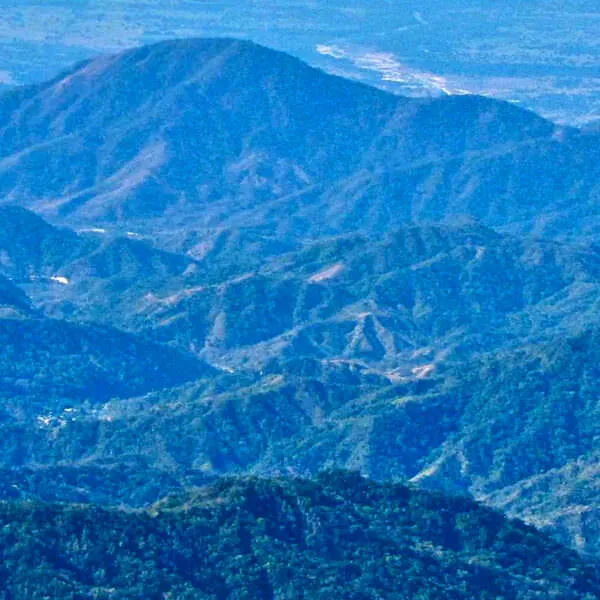Located in the heart of Mesoamerica’s second largest tropical forest, the Maya Biosphere Reserve (MBR) is an area rich in biodiversity and cultural history.
Established by the Guatemalan government in 1990, the reserve spans nearly 5.2 million acres (2.1 million hectares) and is home to jaguars, pumas, ocelots, monkeys, and macaws, as well as many rare tree species and fine hardwoods. It is also known for its ancient Mayan cultural treasures, including the world-renowned archeological site of Tikal.
During the late 1990s and early 2000s, the Guatemalan government granted forest user rights, through concessions, to 12 community-based organizations and two private companies within the reserve’s Multiple-Use Zone, an area where the sustainable harvesting of forest resources is permitted. These concessionaires—whose operations have been certified to the sustainability standards of the Forest Stewardship Council® (FSC®)—have proven themselves to be exceptional forest managers. FSC-certified forest concessions had nearly zero forest loss over the past 14 years, as compared to a deforestation rate of 1.2 percent in the MBR as a whole, with some areas of the reserve’s buffer zone reaching 5.5 percent per year.
Up until now, many of the necessary training and forest management activities have been supported through non-profit organizations such as the Rainforest Alliance and the Wildlife Conservation Society, as well as through the community-based organization representing the concessionaires: Asociación de Comunidades Forestales de Petén (ACOFOP). However, a lack of consistent funding has made it difficult to fully support and develop community-based forest enterprises, and also hampers the ability of the government’s Consejo Nacional de Áreas Protegidas (CONAP) to adequately staff and monitor the reserve. Illegal cattle ranching, agricultural conversion, wildfires, hunting, and other unregulated activities still pose significant challenges to the Guatemalan government, the local people, and the environmental heritage in various areas of the MBR including the Multiple Use Zone.
Location
Petén region of Guatemala
Project Objectives
- Contribute to sustainable development in environmentally sensitive areas by establishing a transparent and cost-effective scheme for environmental service payments as part of a broader forest management program in the Multiple Use Zone (MUZ).
- Support all of the steps involved in bringing standing carbon in certified forests in the Maya Biosphere Reserve (MBR) to market.
- Establish a mechanism to manage revenues generated from the sale of carbon credits.
- Design and implement programs addressing payment for environmental services, reinvestment, and outreach and communications to the public and private sector.
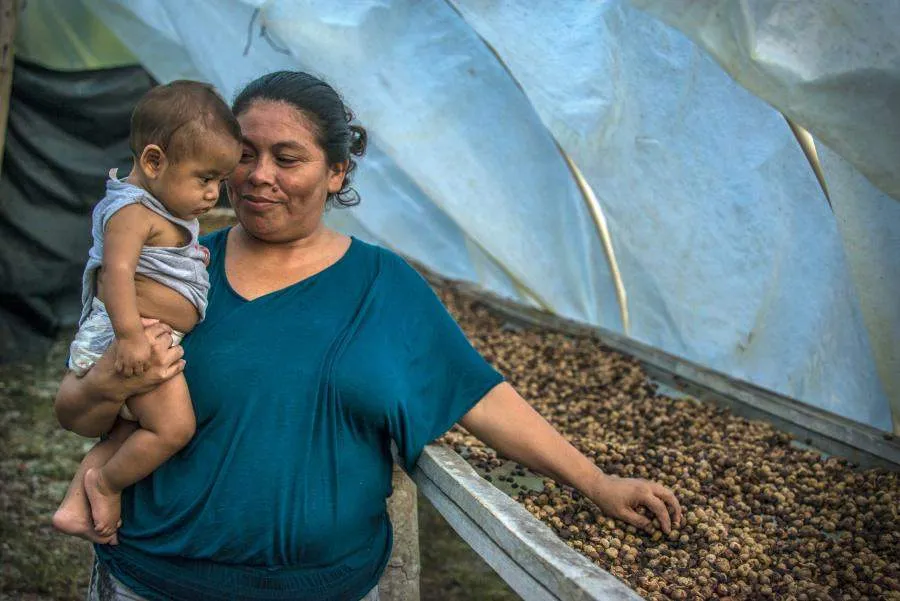
Partner communities
The key GuateCarbon project partners are the participating community-based organizations. In addition, the local capacity of ACOFOP, the organization that represents them, is also developed so that it can provide a substantial amount of the technical assistance needed by the local communities with respect to commercializing and sustainably managing forest resources. CONAP is also an important partner because the revenues generated by GuateCarbon can help sustain and improve existing monitoring and protection efforts in the reserve in order to maintain the purpose of and the ecological character of the reserve.
Goals/Desired Impacts
The goal of GuateCarbon is to significantly reduce the amount of illegal deforestation in the Multiple-Use Zone of the Maya Biosphere Reserve by improving its monitoring and protection, and by strengthening and developing forest-friendly economic activities that incentivize forest conservation versus outright deforestation. In doing so, the project aims to decrease nearly 7.5 million tons of carbon dioxide from illegal deforestation over 10 years, decrease illegal wildlife trafficking, and maintain or increase the revenue to communities from forest and non-forest timber products.
Partner Organizations
- National Council of Protected Areas of Guatemala (CONAP)
- Association of Forest Communities of Petén (ACOFOP)
- Wildlife Conservation Society
Funders
- United States Agency for International Development (USAID)
- Interamerican Development Bank (IDB)
Rainforest Alliance Contact
Igor de la Roca – Climate Change Manager, Rainforest Alliance (Guatemala) idelaroca@ra.org


